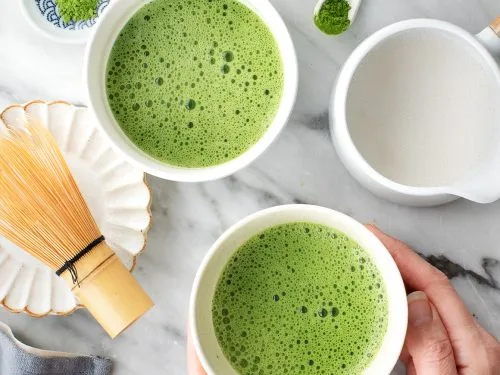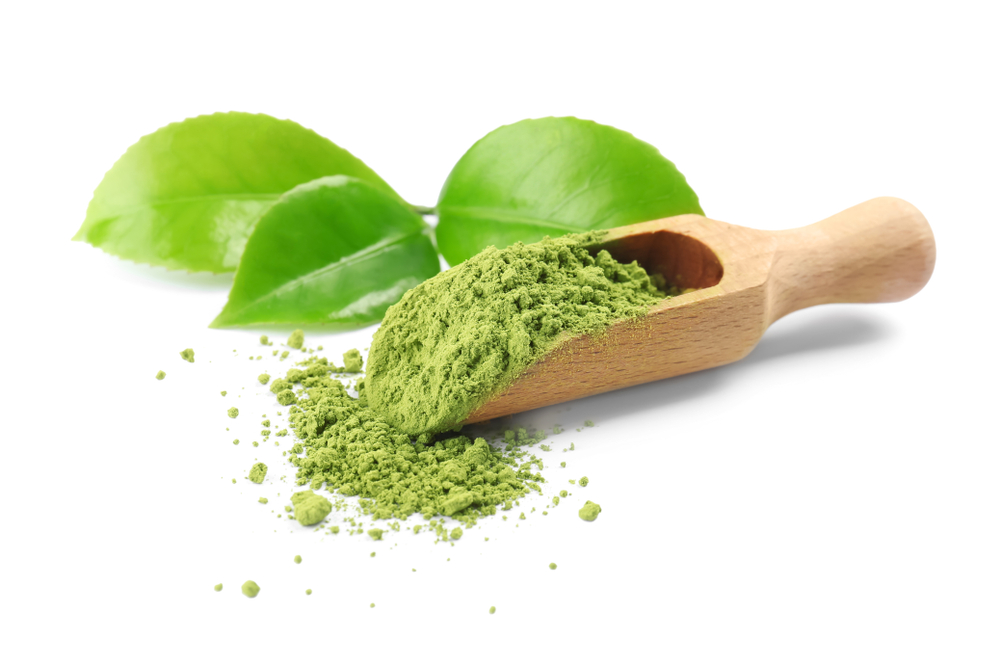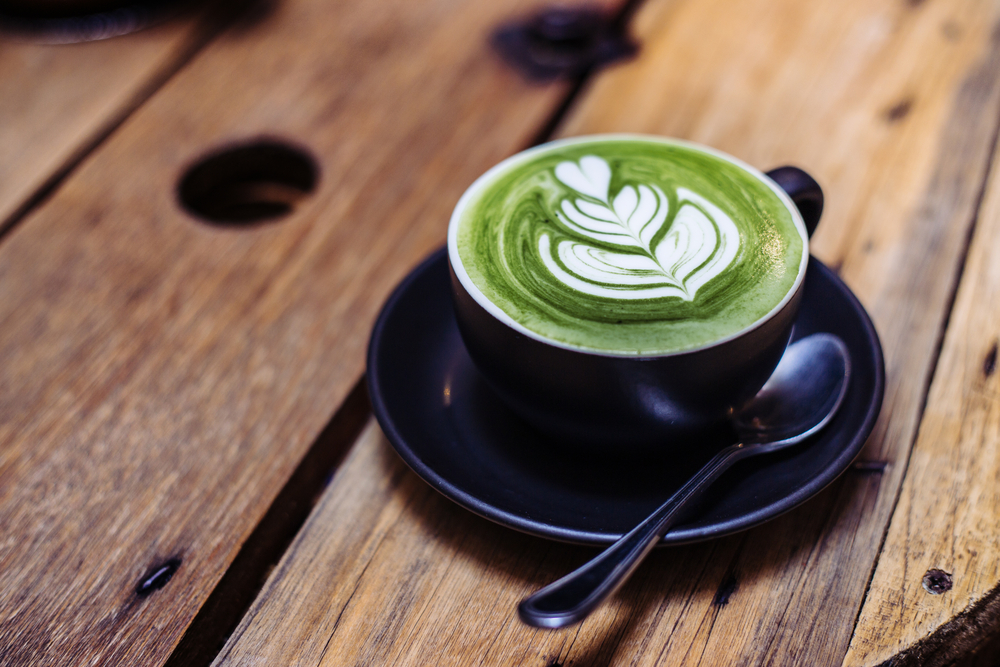Table of Contents
ToggleIntroduction
When it comes to unique and flavorful beverages, matcha has gained significant popularity in recent years. This vibrant green powdered tea has a rich cultural history and a distinctive taste that sets it apart from other teas. If you’ve ever wondered what matcha tastes like and how it can elevate your tea-drinking experience, this article is for you. We’ll delve into the world of matcha, exploring its origins, production process, flavor profile, health benefits, and more. Get ready to discover the captivating taste of matcha!
1. What is Matcha?
Matcha is a type of finely ground green tea powder that originated in Japan. Unlike traditional green tea, where leaves are steeped and discarded, matcha involves consuming the whole tea leaf, providing a concentrated dose of flavor, nutrients, and antioxidants. It has become popular worldwide for its vibrant color, unique taste, and numerous health benefits.
2. The Origins of Matcha
Matcha has its roots in ancient China, where it was first developed during the Tang Dynasty (7th-10th century). It later found its way to Japan, where it became an integral part of Japanese culture, particularly in Zen Buddhism and traditional tea ceremonies. The Japanese perfected the cultivation and processing techniques, turning matcha into an art form.
3. The Process of Making Matcha
To create matcha, tea leaves are carefully shaded before harvest to enhance their chlorophyll content and develop a rich green color. After picking, the leaves undergo steaming, drying, and grinding processes. The grinding process transforms the leaves into a fine powder, resulting in the vibrant green matcha powder we know and love.
4. Understanding the Taste of Matcha
Matcha offers a complex and nuanced flavor profile that sets it apart from other teas. Let’s explore the key elements that contribute to the taste of matcha.
5.1 The Flavor Profile of Matcha
Matcha embodies a delicate balance of umami, sweetness, bitterness, and astringency. These flavors work together harmoniously, creating a unique and unforgettable taste experience.
5.2 Umami and Sweetness
Umami, often described as savory or brothy, is a dominant flavor in matcha. It imparts a rich, creamy, and slightly vegetal taste. Alongside umami, matcha carries natural sweetness, which is pleasant and subtle, leaving a lingering sweetness on the palate.
5.3 Bitterness and Astringency
Matcha also possesses a gentle bitterness, reminiscent of dark chocolate or freshly cut grass. This bitterness adds depth and complexity to the overall flavor profile. Some matcha varieties may exhibit a mild astringency, which is a drying sensation in the mouth.
5.4 Complexity and Balance
The beauty of matcha lies in its complexity and balance. It showcases multiple flavors that come together seamlessly, offering a multidimensional taste experience. The flavors of matcha can vary depending on the quality, grade, and preparation method, allowing for a diverse range of experiences.
6. Drinking Matcha
To fully appreciate the taste of matcha, it is best enjoyed as a traditional tea. The preparation involves whisking the matcha powder with hot water until a frothy layer forms on top. The resulting beverage is smooth, rich, and full-bodied, allowing you to savor the unique flavors of matcha.
7. Culinary Uses of Matcha
Beyond being consumed as a beverage, matcha has found its way into various culinary creations. It is used in desserts, pastries, ice cream, smoothies, and even savory dishes. The vibrant green color and distinct taste of matcha can elevate any recipe, adding a touch of sophistication.
8. Matcha in Traditional Tea Ceremonies
Matcha holds a special place in Japanese tea ceremonies, known as “chanoyu” or “sado.” These ceremonies celebrate the art of preparing and serving matcha with grace, precision, and mindfulness. The rituals enhance the sensory experience of matcha, allowing participants to appreciate its taste and aroma on a deeper level.
9. Health Benefits of Matcha
Apart from its enticing taste, matcha offers a range of health benefits. As a concentrated form of green tea, it contains higher levels of antioxidants and nutrients. Matcha is known for boosting metabolism, promoting relaxation, enhancing focus, and providing a gentle energy boost without the jitters associated with coffee.
10. Matcha vs. Green Tea
While matcha and green tea come from the same plant, Camellia sinensis, their taste profiles differ significantly. Matcha has a more intense, complex flavor, while green tea offers a milder taste. The preparation methods also vary, with matcha involving the consumption of the entire leaf and green tea being steeped and strained.
11. Popular Matcha Recipes
The versatility of matcha opens up a world of culinary possibilities. Here are a few popular matcha recipes you can try:
- Matcha Latte
- Matcha Smoothie Bowl
- Matcha Ice Cream
- Matcha Pancakes
- Matcha Energy Balls
12. Where to Find High-Quality Matcha
To fully appreciate the taste and benefits of matcha, it’s crucial to source high-quality products. Look for reputable tea shops, online retailers, or specialty stores that offer authentic, ceremonial-grade matcha. It’s worth investing in premium matcha to ensure a delightful taste experience.
13. What does Matcha Taste Like?
Matcha has a distinct and complex flavor profile that sets it apart from other types of tea. It is often described as having an earthy, grassy taste with a slightly bitter undertone. However, the bitterness is balanced by a natural sweetness and a subtle umami flavor. The taste can vary depending on the quality of the matcha and the brewing technique used.
High-grade matcha tends to have a smoother and more delicate flavor with less bitterness. It can exhibit floral and vegetal notes, reminiscent of fresh green vegetables or seaweed. The umami flavor, often described as savory and brothy, adds depth and richness to the overall taste profile.
On the other hand, lower-grade matcha may have a more pronounced bitterness and astringency. It can still offer enjoyable flavors but with a stronger vegetal taste and less complexity.
It’s worth noting that the taste of matcha can be an acquired preference, especially for those who are new to this unique tea. Some people find it refreshing and invigorating, while others may take time to appreciate its distinct characteristics.
When prepared as a traditional tea, matcha is whisked with hot water until frothy, allowing the powder to fully dissolve. This method enhances the flavor and texture, resulting in a smooth and creamy beverage. The taste experience can be further enhanced by incorporating matcha into various recipes, such as lattes, smoothies, desserts, and even savory dishes.
Ultimately, the taste of matcha is best experienced firsthand. Exploring different grades and experimenting with various preparation methods can help you discover your preferred flavor profile and enjoy the unique taste of this vibrant green tea.
14. Matcha FAQs
14.1 Does Matcha Contain Caffeine?
Yes, matcha contains caffeine. However, the caffeine content is lower compared to coffee. Matcha also contains an amino acid called L-theanine, which promotes relaxation and helps to counterbalance the effects of caffeine.
14.2 Can Matcha Help with Weight Loss?
Matcha has been associated with potential weight loss benefits due to its ability to boost metabolism and promote fat oxidation. However, it is important to maintain a balanced diet and active lifestyle for sustainable weight management.
14.3 Is Matcha Safe for Children?
Matcha is generally safe for children to consume in moderation. However, it is advisable to consult with a healthcare professional or pediatrician for personalized advice.
14.4 How Should Matcha be Stored?
To preserve its freshness and flavor, matcha should be stored in an airtight container, away from light, heat, and moisture. It is recommended to keep it in a cool, dry place, such as a refrigerator.
14.5 Is Matcha Gluten-Free?
Yes, matcha is naturally gluten-free. However, cross-contamination may occur during the manufacturing process, so it’s essential to choose certified gluten-free matcha if you have gluten sensitivities or allergies.
15. Conclusion
In conclusion, matcha offers a truly unique and captivating taste experience. Its flavor profile combines umami, sweetness, bitterness, and astringency, resulting in a complex and balanced beverage. Whether enjoyed as a traditional tea or used in culinary creations, matcha is a versatile ingredient that adds vibrancy and depth to any dish. Alongside its delightful taste, matcha brings numerous health benefits and a rich cultural heritage. Explore the world of matcha and discover the wonders of this extraordinary green tea.
16. FAQs
Q1. Can matcha be mixed with other teas?
Yes, matcha can be blended with other teas to create interesting flavor combinations. Experiment with adding a pinch of matcha to your favorite tea blends and explore new taste profiles.
Q2. Does matcha have an expiration date?
Matcha has a shelf life of about one year if stored properly. However, for the best flavor, it is recommended to consume it within three to six months.
Q3. Can matcha be enjoyed cold?
Absolutely! Matcha can be enjoyed both hot and cold. Try whisking it with cold milk or blending it with ice for a refreshing matcha beverage.
Q4. How much matcha should I use per serving?
The general guideline is to use 1 teaspoon (about 2 grams) of matcha powder per 8 ounces (240 milliliters) of water. Adjust the ratio to your taste preferences.
Q5. Can I use culinary-grade matcha for drinking?
While culinary-grade matcha is suitable for cooking and baking, it may not provide the same taste experience as ceremonial-grade matcha when consumed as a tea. For the best flavor, opt for ceremonial-grade matcha when drinking it traditionally.




